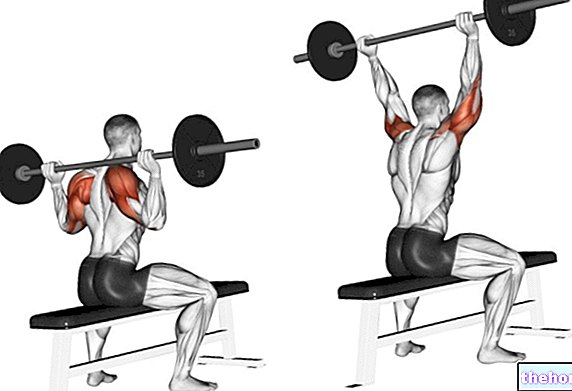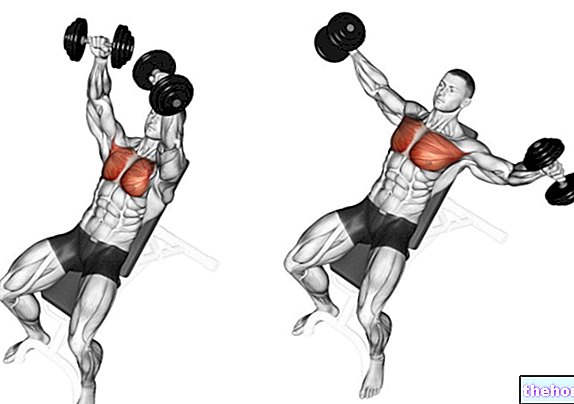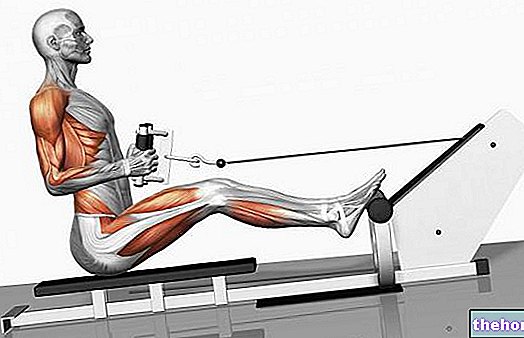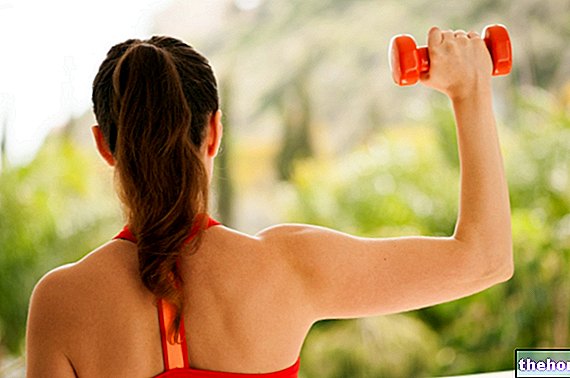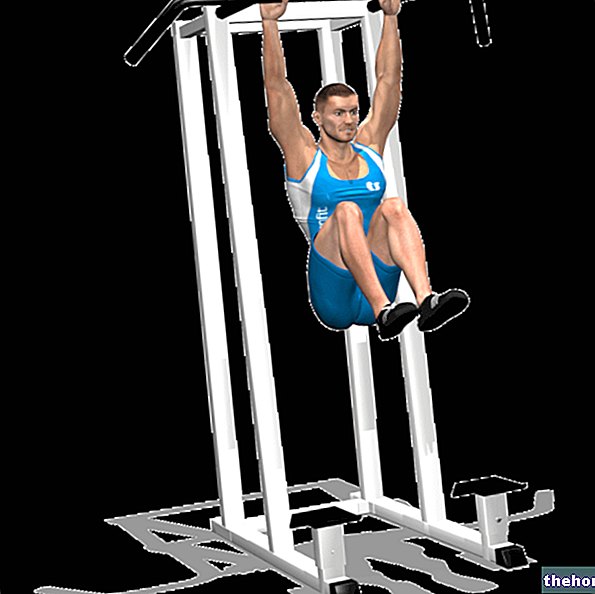Edited by Dr. Massimo Bonazzelli
Synonyms
The dumbbell lateral raises exercise is also known as the Lateral dumbell raise, Lateral openings, Shoulder abductions with dumbells, Dumbell shoulder abductions.
Type of Exercise
Lateral raises with dumbbells is a Monoarticular / accessory exercise
Lateral raises with dumbbells: Execution
The starting position sees the athlete standing upright with the back in his position of strength, the knees slightly bent and the distance between the feet equal to or slightly greater than that of the shoulders. The shoulders are not fully adducted even if the the arms can still be considered along the sides. The elbows are almost completely extended. Each hand holds a dumbbell. The execution consists in abducting / flexing the shoulders, thus lifting the dumbbells until the humerus is parallel to the ground. Flexing the elbows is considered cheating and shifts the workload to the front of the shoulders. The help of lower limb thrust and excessive hyperextension of the spine is considered cheating. Although this is an exercise that is used to train the lateral portion of the deltoid, it is possible to increase the contribution of the anterior portion of the deltoid if the shoulder is extra-rotated. Excessive internal rotation of the shoulder is always inadvisable. The vertical position of the body tends to favor the work of the muscles involved in the second half of the shoulder abduction. There is also a seated variant of this exercise.
Muscles involved in the exercise Lateral raises with dumbbells
Group 0
- Lateral deltoid
- Supraspinatus
Shoulder abduction
Group 1
- Anterior deltoid
- Upper bundles of the pectoralis major
- Coracobrachialis
- Brachial biceps
Shoulder flexion (weak)
Function of the stabilizing muscles: Stability of the shoulder, shoulder blade, elbow, grip, torso, hip, knee, ankle and foot

